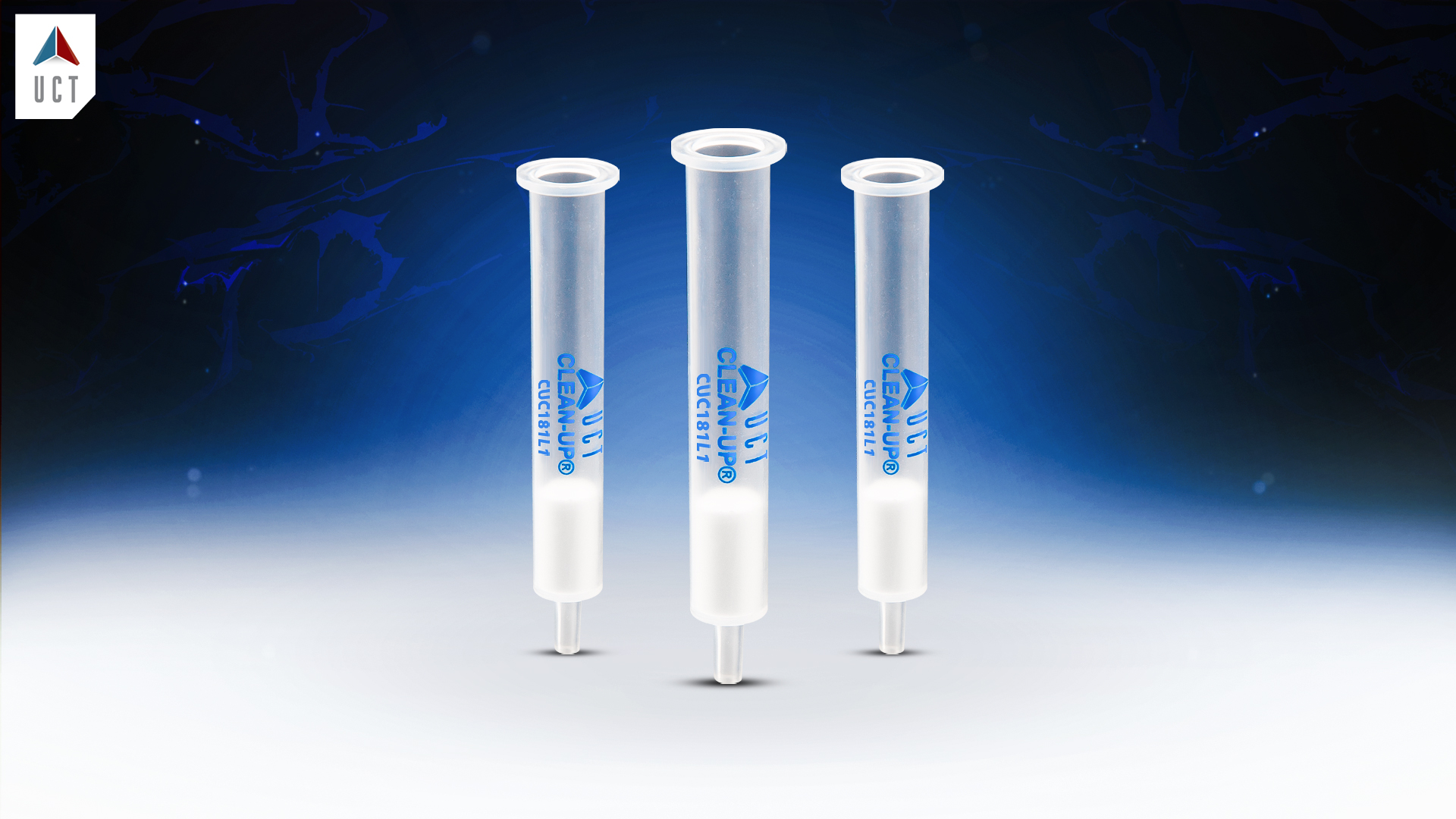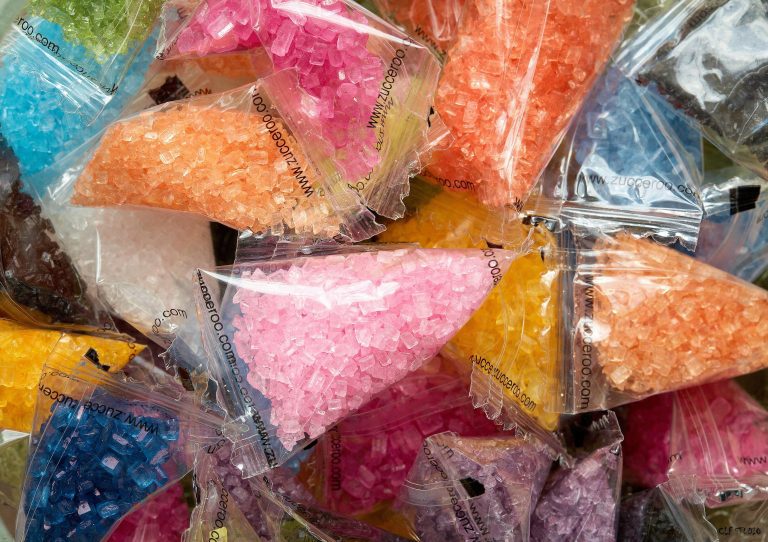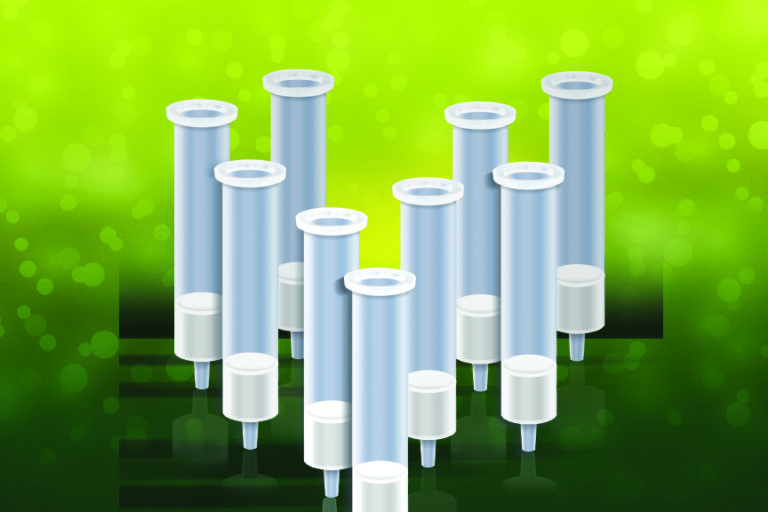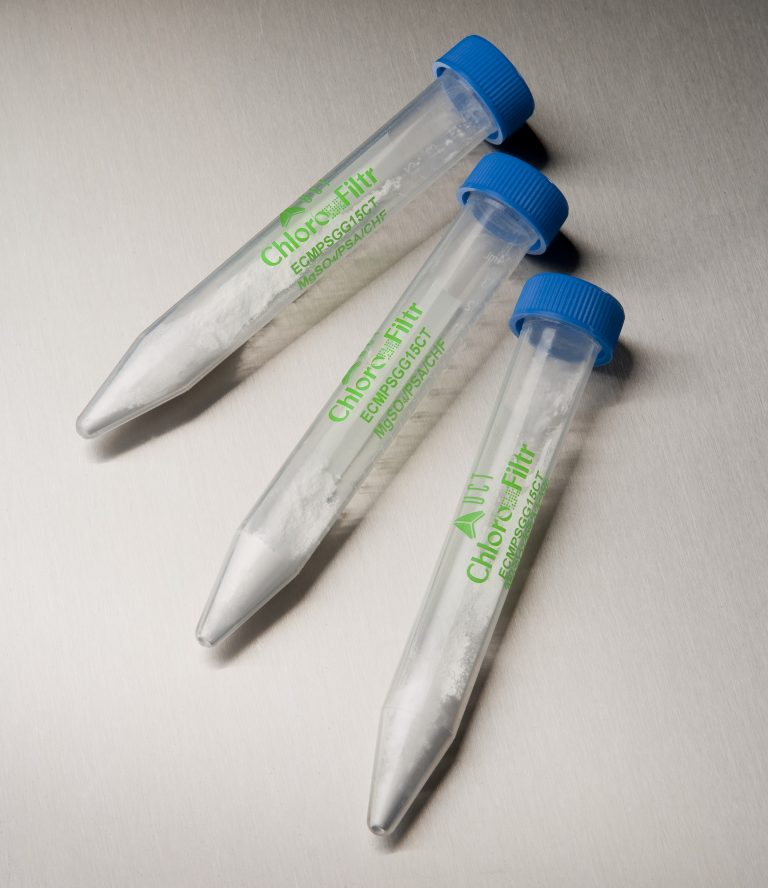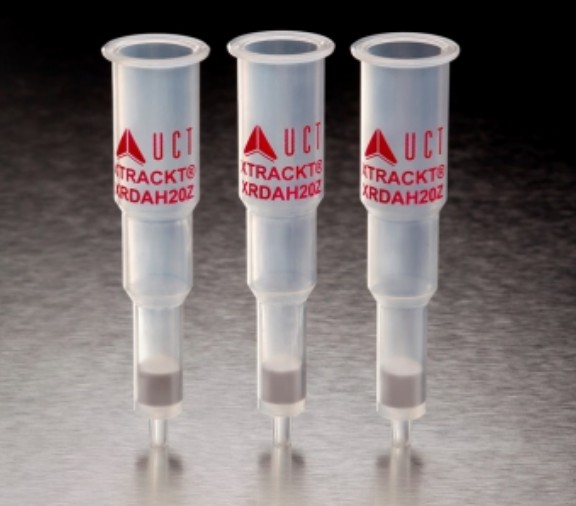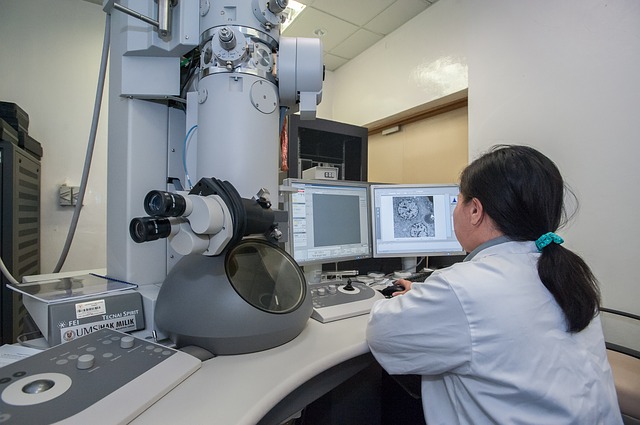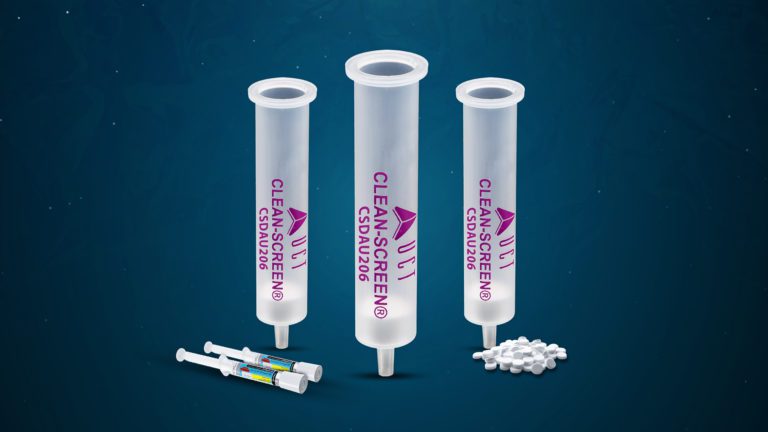Effect of Cold-Pressing on Phytochemical Composition, Antioxidant, and Sensory Properties of Broccoli, Amaranth, and Red Beet Microgreen Juices
Microgreens have gained popularity due to their abundant nutritional content, providing a diverse range of vitamins, minerals, and phytonutrients. They are harvested at an early stage, typically within a few weeks of germination when they are just a few inches tall and have developed their first true leaves. Recently, there has been interest in microgreen juices, but the method of extraction could potentially impact their nutritional profile and sensory characteristics. For example, Belošević and colleagues explored the phytochemical composition, antioxidant properties, and sensory attributes of cold-pressed juices derived from broccoli, amaranth, and red beet microgreens, comparing them with their corresponding methanolic extracts.
In this study, microgreen cold-pressed broccoli, amaranth, and red beet juices were cleaned using
UCT’s Clean-Up® Unendcapped C18 SPE Column before chromatographic analysis to remove sugars and pigment which mitigates matrix interferences. Thus, the SPE cartridge was conditioned with 5 ml of acidified methanol followed by 5 mL of Milli-Q Water. Once, the sample was loaded onto the cartridge, this was washed with 5 mL of Milli-Q Water before eluding the bioactive compounds retained on the sorbent with 1 mL of acidified methanol. The extracts were filtered and analyzed by UHPLC-Q-TOF-MS.
The authors revealed notable differences between cold-pressed juices and their corresponding methanolic extracts of broccoli, amaranth, and red beet microgreens. While the cold-pressed juices exhibited high levels of phenolic compounds, these were significantly lower compared to their corresponding extracts. Specifically, glucosinolates present in broccoli microgreens were not detected in the corresponding cold-pressed juice, as they had transformed into isothiocyanates. Phenolic acid aglycones and their derivatives, such as those conjugated with organic acids like quinic acid and malic acid, were found in the juices but absent in the microgreen extracts. This suggests a migration of these compounds from plant tissue into the juice or enzymatic transformations during the cold-pressing process. Phenolic acids, specifically sinapic acid and its derivatives were predominantly present in broccoli microgreen juices, while pentosyl hexoside glycosides of vanillic acid and dihydroxy benzoic acid were more commonly found in amaranth microgreen juices. On the other hand, red beet microgreen juices contained low levels of phenolic acid derivatives but were noted for their significant content of apigenin C-glycosides. Furthermore, both red beet and amaranth microgreen juices were found to contain betalains.
Furthermore, cold-pressed juices of all three microgreens exhibited substantial antioxidant activity, attributed to the retention of phytochemicals such as glucosinolates, phenolic compounds, and betalains. Overall, the juices were positively evaluated for their quality and acceptability. These findings highlight the impact of the cold-pressing method on altering the profile composition of bioactive compounds in microgreens. Moreover, the studied cold-pressed microgreen juices represent a rich source of bioactive compounds showing potential as innovative functional products.
Citation: Belošević SD, Milinčić DD, Gašić UM, Kostić AŽ, Salević-Jelić AS, Marković JM, Đorđević VB, Lević SM, Pešić MB, Nedović VA. Broccoli, Amaranth, and Red Beet Microgreen Juices: The Influence of Cold-Pressing on the Phytochemical Composition and the Antioxidant and Sensory Properties. Foods. 2024 Feb 29;13(5):757. doi: 10.3390/foods13050757. PMID: 38472870; PMCID: PMC10930722

